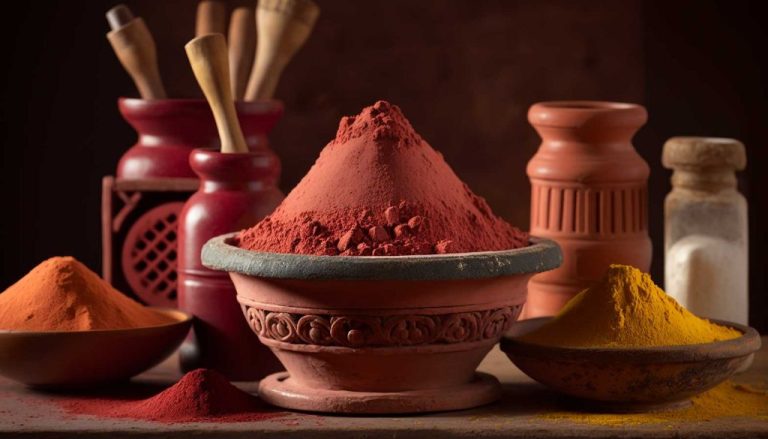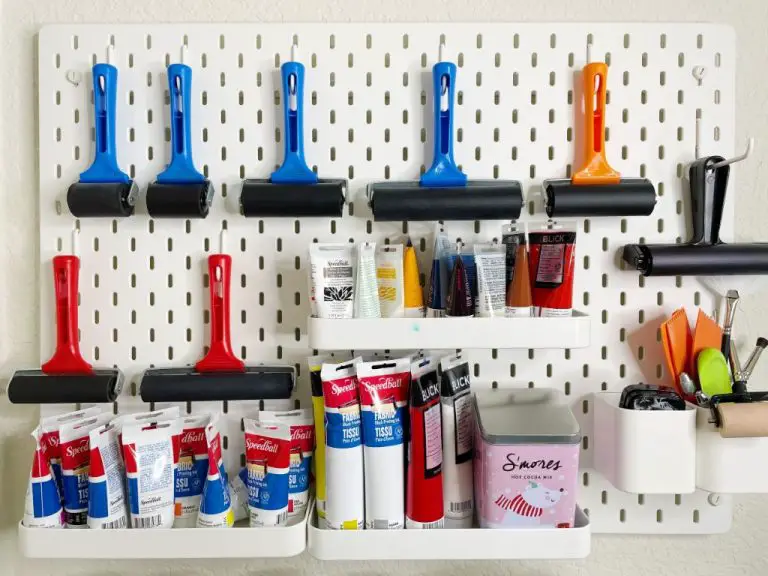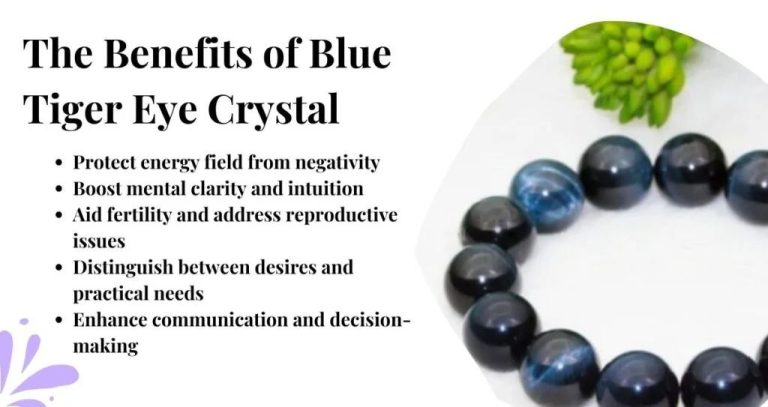What Is The Most Valuable Pottery To Collect?
Collecting antique pottery is a rewarding hobby that allows enthusiasts to own a tangible piece of history. From ancient Chinese ceramics to 19th century American art pottery, antique pots, vases, and other ceramics can become cherished heirlooms or valuable investments. When beginning an antique pottery collection, it helps to learn about the most valuable and rare examples across different eras, regions, and styles. Factors like age, scarcity,condition, artistic merit, and provenance determine the worth of antique ceramics. While monetary value is secondary to the joy of collecting, focusing one’s efforts on the most prized ceramics provides the opportunity to acquire museum-quality pieces. This overview explores the elite category of pottery that seasoned collectors pursue.
Most Valuable Types of Pottery
Porcelain, stoneware, and earthenware are among the most valuable types of pottery that collectors seek out.
Porcelain is made from kaolin clay and is fired at very high temperatures, resulting in a translucent, glass-like material that is delicate yet strong. Antique Chinese and Japanese porcelain are highly prized by collectors, with Ming Dynasty and Imari wares being especially valuable. According to Types of Pottery Every Collector Should Know, top quality antique porcelain pieces can sell for tens of thousands of dollars at auction.
Stoneware is a durable, non-porous clay that becomes vitrified and waterproof during the firing process. It was first developed by potters in Germany in the 15th century. The salt-glazed stoneware produced by master potters of the American Arts and Crafts movement, like Maria Longworth Nichols, is in high demand among today’s collectors and commands prices in the thousands of dollars.
Earthenware refers to pottery fired at lower temperatures, resulting in a porous, opaque ceramic. Highly decorative antique earthenware prized by collectors includes majolica from Italy and mochaware from England and America. Mochaware, with its branching dendritic or “tree-like” surface designs is especially rare and valuable, with prices ranging from $300 to over $10,000 depending on rarity and condition, according to this source.
Rarest Examples
Some of the rarest and most valuable pottery pieces are those that are extremely old or the only one of their kind. This includes:
- Ancient pottery from early civilizations like Ancient Greece, Rome, China, or Pre-Columbian cultures in the Americas. These pieces can be over 2,000 years old.
- Unique prototypes or custom commissions that were made for royalty or other elite clients.
- Pieces that were created by famous potters but only a handful still exist today.
- Archaeological finds of intact pots from shipwrecks or burial sites.
- Special commemorative or ceremonial pieces made for one-time events.
- Misfired pieces with unique glazing effects.
These rare antiquities or singular vessels have irreplaceable historic and artistic value. Their age, origins, and limited numbers make them highly coveted by museums and collectors.
Most Sought After Styles
Certain styles of pottery tend to be the most valuable and sought after by collectors. Some of the most prized styles include:
Chinese
Chinese ceramics such as Ming Dynasty porcelain, Tang sancai, and Song Dynasty celadon are highly coveted. Famous kilns produced stunning decorative pottery with cobalt blue hand-painted motifs, pale green glazes, and more. The best examples demonstrate incredible technical skill and artistry.
Greek
Greek vase painting flourished as an art form, with Athenian potters creating iconic red and black figure style vessels depicting myths, daily life, and more. Greek amphorae, kraters, kylix drinking cups, and other forms are valued for their historic ties and museum-quality decoration.
Persian
The Islamic pottery tradition produced amazing lusterware in medieval Persia at centers like Kashan. Brilliant metallic lusters and vivid colors painted on the quintessential Persian pottery forms make them stand out. Tiles and vessels from this golden age are prized acquisitions.
Notable Potters and Studios
Some of the most valuable and collectible pottery was created by legendary artisans who revolutionized ceramic techniques and styles. Two of the most influential historic potters include Bernard Palissy and Josiah Wedgwood.
Bernard Palissy (c. 1510-1589) was a French potter renowned for developing vivid, naturalistic enamel-glazed earthenware. His richly decorated plates, platters and ewers featuring detailed depictions of animals, plants, and aquatic life are highly prized by collectors. According to the Victoria & Albert Museum, “Palissy’s pottery is among the most famous and sought-after in the history of ceramics.”
Josiah Wedgwood (1730-1795) was an English potter who founded the Wedgwood ceramic manufacturing company. He pioneered the industrialization of pottery production and created innovative jasperware in contrasting colors with Greco-Roman inspired decorations. As this article notes, “Any serious effort would have included multiple large collections, museum items, catalog pages, and dozens of sought after patterns like Fairfax Hall, Frogmore, Hamilton to name a few.” Wedgwood’s designs were widely copied and remain iconic representations of neoclassical style.
Condition and Quality
The condition and quality of a piece of pottery plays a major role in determining its value. Here are some key factors to look for:
Crazing
Crazing refers to the fine cracked lines that can appear on the glaze of pottery. A small amount of crazing can sometimes increase value by showing the authenticity and age of a piece. However, extensive crazing that covers large areas can negatively affect value.
Restoration
Professional restoration by a skilled conservator can stabilize damage and sometimes increase value. However, restoration should always be disclosed and over-restoration can decrease value. Complete re-painting or reglazing should be avoided.
Authenticity
Authentic pieces in excellent condition are the most valuable. Fakes, reproductions, and “marriages” (mixing parts of different items) are worth much less. Signs to look for are original labels, hallmarks, smooth worn glaze, and appropriate patina.
Decorative Techniques
Some of the most valuable antique pottery features intricate and beautiful decorative techniques applied by master artisans. Three of the main techniques that increase value are glazing, painting, and gilding.
Glazing involves coating the pottery with a glass-like mixture before firing, which creates a glossy, impermeable surface. Historical pottery styles famous for ornate glazing include Chinese porcelain, Satsuma ware, and majolica. The vibrancy and craftsmanship of the glazes can distinguish an exquisite antique piece.
Hand-painting and embellishing pottery also enhances its artistic merit and value. Well-known examples include Iznik ceramics with intricate motifs and Delft pottery featuring hand-painted scenes in blue on white. Painted antique ceramics that exhibit a high level of skill, creativity, and preservation command premium prices.
Gilding, or the application of gold leaf or gold powder, further elevates the luxuriousness of antique pottery. 18th century Meissen porcelain gilded with intricate patterns is highly sought after. Careful inspection of the gilding can verify authentic age and artistry.
Where to Find Valuable Pieces
Some of the best places to find rare and valuable pottery include:
Auctions
Auction houses like Sotheby’s, Christie’s, and Bonhams frequently offer rare and antique pottery pieces. Keep an eye on their auction schedules and preview days to see upcoming lots. Auction prices can give you a good sense of current market values for rare pottery.
Estate Sales
Estate sales are an excellent place to uncover hidden treasures, as you may find valuable antique pottery pieces that heirs are unaware of. Search estate sale listings in your area and arrive early to maximize your chances of scoring rare finds.
Dealers
Established antique pottery dealers and galleries acquire and sell museum-quality pieces. Develop relationships with reputable dealers to gain access to rare inventory. Expect to pay premium prices, but have confidence in authenticity.
Safe Handling and Storage
To avoid damaging valuable pottery, proper handling and storage is essential. When moving or lifting pieces, always grasp them with two hands for stability. Avoid holding handles or putting stress on smaller parts, which could break. Extreme temperature changes can also cause cracks or glazing damage, so avoid exposing pottery to rapid heating or cooling.
For long-term storage, climate control is ideal. According to the article “Here Are Some Tips on How to Store Pottery” (https://fineartshippers.com/how-to-store-pottery/), “The most precious pieces of pottery should be stored only in a special climate-controlled storage facility.” This maintains a steady humidity and temperature to prevent cracking. Pieces should be wrapped in acid-free tissue or foam and stored in archival boxes to prevent scratches.
For routine cleaning, use soft cloths and mild cleaners like diluted dish soap. Avoid abrasive scrubbing and harsh chemicals which could damage the glaze. Refer to “Care of Antique Glass & Pottery” (https://reddoorantiques.net/care-of-antique-glass-pottery/) for proper techniques based on the pottery material and glaze.
Authentication and Appraisal
Determining the authenticity and value of antique pottery requires professional expertise. Many fakes and reproductions exist, so it’s important to consult a qualified appraiser. According to Just Art Pottery, appraisers should specialize specifically in art pottery, rather than general antiques. An on-site examination allows the appraiser to thoroughly inspect the pottery for markings, condition, rarity, and provenance.
For initial assessments or ballpark estimates, collectors can also consult online guides like Replacements.com and Kovels. However, authoritative appraisals require an expert’s trained eye and handling of the actual piece. Key factors they evaluate include maker’s marks, style, glazes, condition, age, and demand. An appraisal provides the fair market and insurance value, along with authentication of maker, date, and materials.
Proper documentation and appraisals add credibility and protect against fraud. For the highest stakes, Sotheby’s and Christie’s auction houses employ specialists to confirm attribution and value before auctioning rare pottery.






